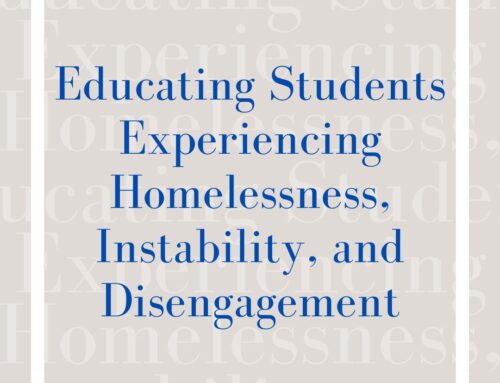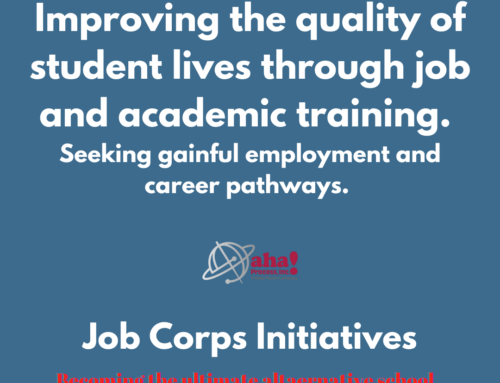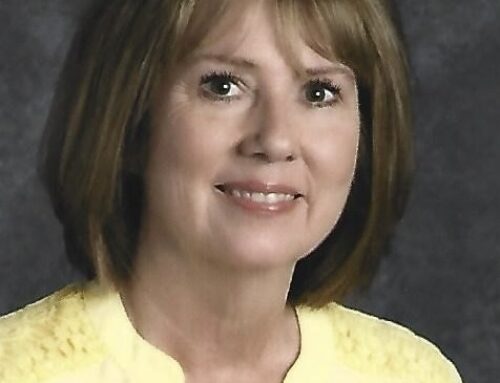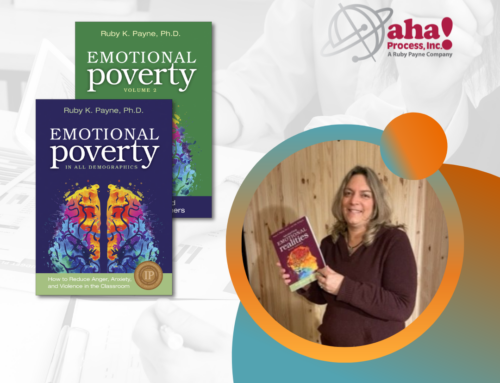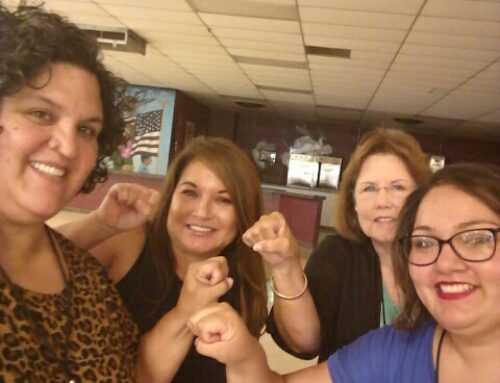By Ruby K. Payne. Part 2 of 2
As published in Middle Ground Magazine.
Copyright © 2013 Association for Middle Level Education
The Toxic Triangle
Safety and belonging in the middle grades school can become jeopardized by what is sometimes termed the toxic triangle (Figure 1). In middle grades schools, students are beginning the process of adult socialization. They learn their emotional patterns of interaction from the environments both outside and inside the school. The triangle illustrates the lack of boundaries young adolescents may encounter as they try to find their “place” in schools. This lack of boundaries—a threat to safety and belonging—stems from the fact that the students are learning where they “fit,” and that the place where they “fit” depends on the situation.

Adapted from “Fairy Tales and Script Drama Analysis” by Steven B. Karp-man.
In middle grades relationships, nobody takes ownership for a specific role at all times. Rather, most students who venture into the triangle assume all three roles eventually. In one setting the student is a bully, in another setting he’s a rescuer, and in a third setting he’s a victim. “He said–She said” is a form of toxic triangle. This toxic triangle is a barrier to students finding a sense of safety and belonging in school. And without that, they don’t learn.
How do we keep the students—and ourselves—out of the triangle? Consider this scenario:
When I was a principal, a father came to me with concerns about his daughter, Kate. He said Kate was being “sexually harassed” by Brandon, a classmate. He wanted me to assure him that Brandon would “never get within speaking distance of Kate again.”
I explained to the father that this was, indeed, a very serious issue. However, according to the law, Kate first was required to tell Brandon that she didn’t like what he was saying and doing in her presence. I asked him what Kate did when Brandon acted that way.
The father told me he didn’t know, so I called Kate to my office and asked her, “When Brandon says those things to you, what do you do?”
Kate said, “I just smile at him.”
Her father was furious.
I explained to Kate that she needed to tell Brandon she didn’t like the way he talked or acted around her. When she responded that she couldn’t do that, her father said,
“Yes, you can, and you will.”
I sent Kate back to the classroom and then said to the father, “Your daughter is beautiful. All her life she will have unwanted attention. Don’t you think it would be better if we gave her the skills now, so that when she’s older and you aren’t with her, she can defend herself?”
What the father wanted me to do was to get into the toxic triangle. He had come in to rescue his daughter by bullying me. If I had let him do that, I would have felt like I had to rescue Kate—and then I would have bullied Brandon. Brandon would have felt like a victim and likely would have gone home and told his mother. She probably
would have felt the need to rescue Brandon and would have come up to school and bullied me. Then I would have felt like a victim. And on and on and on.
Once a person gets into the triangle, the cycle isn’t easily broken, and the problem isn’t easily solved.
Breaking the Triangle Pattern
The triangle operates when resources are unequal, when students don’t feel safe, when they don’t have a sense of belonging. Indeed, it’s a daily pattern in most middle schools.
The first step in stopping the triangle is making staff, students, and parents aware of it. Most of them will recognize the pattern immediately. Provide them with some questions they can ask the others involved in the situation as a way to stay out of the toxic triangle.
Why questions should usually be avoided because often they’re used to assign blame and they tend to elicit a defensive response. Rather, questions that start with how, when, where, what, and to what extent generally spark more helpful answers.
Here’s an example of using questions to avoid the triangle.
When my son was in second grade, he came home from school and announced that he was bored. When I asked him, “Whose problem is that?” he told me it was the teacher’s problem. My son was presenting himself as a victim in the hopes that I would go to school and rescue him.
I asked him, “Is the teacher bored?” He said, “No, I am.” So I said, “Then, it isn’t the teacher’s problem. It sounds like it’s your problem. And if it’s your problem, how can you solve it?” My son agreed that it was his own problem and that he needed to solve it.
Had I gone to the school and “bullied” the teacher in order to “rescue” my son who was a “victim,” chances are that a pattern similar to the scenario sketched out in relation to Kate and her father would have ensued. The cycle would continue.
By addressing the emotional issues at the heart of most problems, discipline can be more effective, students will learn more, and school will be a safer place for all learners.
Ruby K. Payne is a career educator, author, and founder of aha! Process, Inc. (www.ahaprocess.com). Her efforts to address the needs of under-resourced learners include dozens of publications and other media, as well as training programs that have served hundreds of thousands of educators at all levels. Her most recent book is From Understanding Poverty to Developing Human Capacity.
As seen here:
http://www.amle.org/Publications/MiddleGround/Articles/February2013/Article3/tabid/2800/Default.aspx

